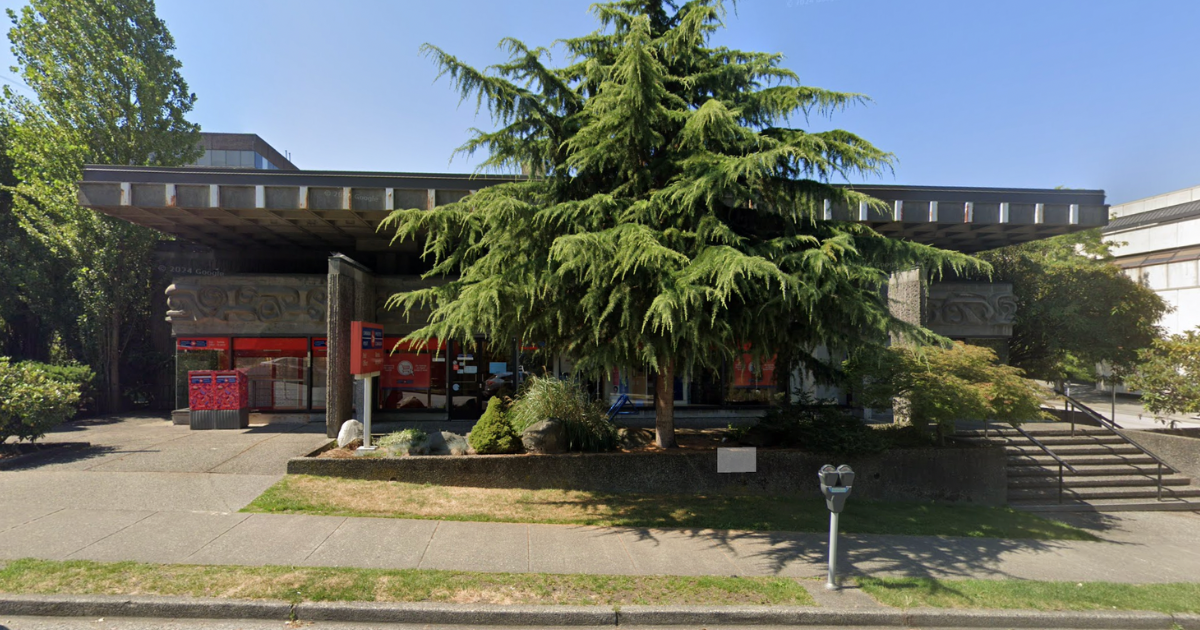Baby boomers definitely won’t be sticking to the script where seniors’ housing is concerned, says Shelley Raymond, broker of record with Solterra Realty and president of Solterra Co-Housing in Port Carling, Ont.
It’s been widely reported that due to boomer numbers, a whopping increase in the senior population looms. Some estimates indicate that the number of seniors in Canada could almost double in 20 years. We are at the front edge of the baby boom bulge, which is bringing with it massive social impact, including a growing need for seniors’ housing.
Seniors are keen to take this opportunity to change the status quo and to ensure they remain independent as long as possible. We’re beginning to see seniors’ housing being reinvented, with an increasing percentage of seniors giving the thumbs down to conventional and costly options such as retirement residences, says Raymond.
One of the first proponents of co-housing in Ontario, she has implemented a model that allows a group of seniors to age in place in the comfort of a single residential dwelling, sharing ongoing household expenses and the cost of support services, while each owning an undivided interest in the whole property (not just their exclusive private area) that can be sold on the open market.
With a handful of new co-ownership projects in the works locally and across Ontario along with a couple of existing projects, Solterra Co-Housing has won awards for social innovation. The company can do “project development, conversion and new build,” Raymond says.
There is no government ownership or involvement.
Raymond is convinced it’s a concept that’s about to erupt big time – so much so that she’s repeatedly turned down interview requests from national news networks, deciding instead to wait until she expands her business and “has the ability to handle the calls” she expects to result.
“I would be overloaded,” she says.
Her co-housing model has potential applications for various other groups besides seniors, including students, singles, cottagers, millennials and people with disabilities, Raymond says.
In her opinion, the concept of shared home ownership is “on the cusp of becoming the next new exciting venture” in Canadian real estate.
“I totally believe it’s the way of the future. I am passionate about this,” she says.
Raymond was drawn to the idea because it offered a solution to her elderly father’s predicament. It was an idea born out of necessity. “I was a desperate caregiver,” she says.
Her father had congestive heart failure, could no longer live alone and was burning through the reverse mortgage on his home. Raymond was afraid he would outlive his nest egg. But he refused to move in with Raymond or go into a retirement residence.
Overwhelmed, Raymond “did a lot of research, went all over the world on the Internet” looking for answers.
She soon realized that shared home ownership, which is on the rise both abroad and in North America, could result in substantial savings and also address a host of social and emotional housing challenges for seniors, including isolation and loneliness.
There are many co-housing models. Raymond eventually came up with one that’s a variation of a traditional tenancy-in-common agreement, as she felt it would work well for her father. With that in mind she founded Solterra Co-Housing in 2009, partnering with a local developer to retrofit an older home into a four-suite shared complex for seniors.
It worked.
“My father loved it,” Raymond says. “He felt he still had control over his life.”
He reaped the benefits of a built-in social network and the savings from sharing the costs of utilities, upkeep, taxes, home insurance and housekeeping/personal assistance (including laundry, shopping, cooking, and medication reminders).
Raymond is grateful that when her father’s time came, she was able “to say good-bye as a daughter, not a caregiver.”
In 2011 Raymond – who has been working in real estate since 2007 – started Solterra Realty, (“currently a one-woman show”) under the Solterra Co-Housing umbrella. Her niche market is co-ownership and she also handles regular transactions.
Getting things rolling in co-housing has “not been easy,” she says. “We started off with five years of legal battles.”
These included struggles around zoning, planning, legalities, ageism and building code regulations.
Those battles have been won, at least for now, Raymond says. But there is a lot of confusion in the marketplace about co-housing. It seems clear that the job of educating bureaucrats, lenders, consumers, lawyers and real estate practitioners has just begun.
“With Solterra Co-Housing, each co-owner is registered as tenant in common on the title/deed… It is one home with multiple co-owners,” Raymond says.
Owners have their own private accessible suite, with access to common areas such as living, dining and kitchen space. Together the owners control and share in decisions and costs, including those around housekeeping and care support services.
There is a screening process to match co-owners based on their “support needs and lifestyle choices,” says Raymond.
At all levels, the resident “does need a certain level of independence,” she says, although the goal is for residents to age in place for as long as possible.
As for demand for co-housing, demographics are on Raymond’s side, seeming to promise a built-in customer base sooner rather than later.
“It’s still very early in the process,” she says. “Look at how condos took off, and no one initially thought they would. Realtors can’t sell what they don’t understand. It’s a learning curve.”
Susan Doran is a Toronto-based freelance writer who has been contributing to REM since its very first issue.

















